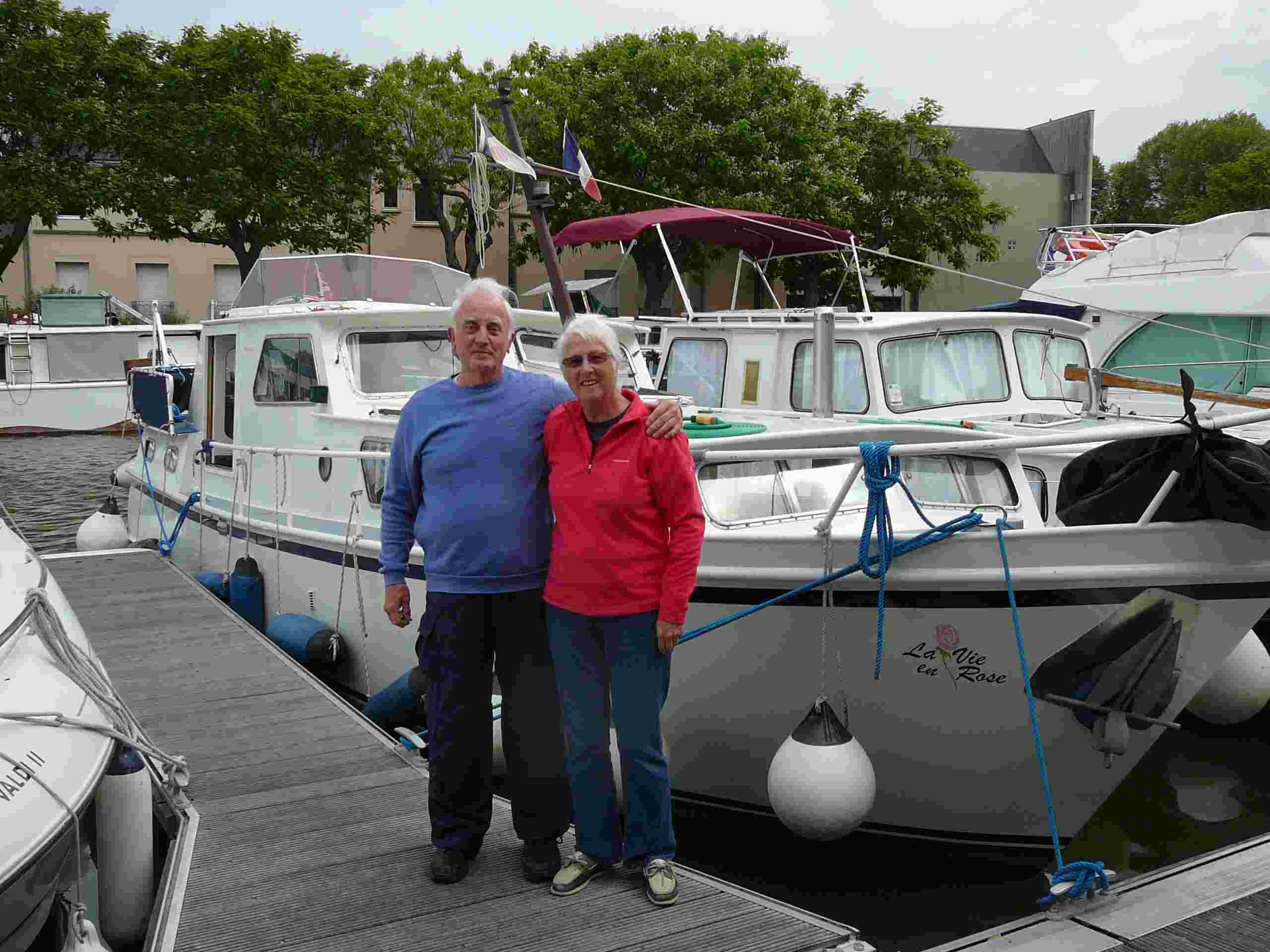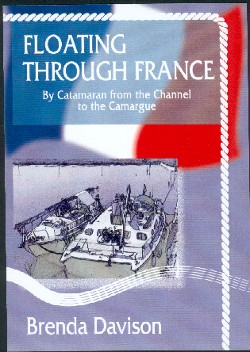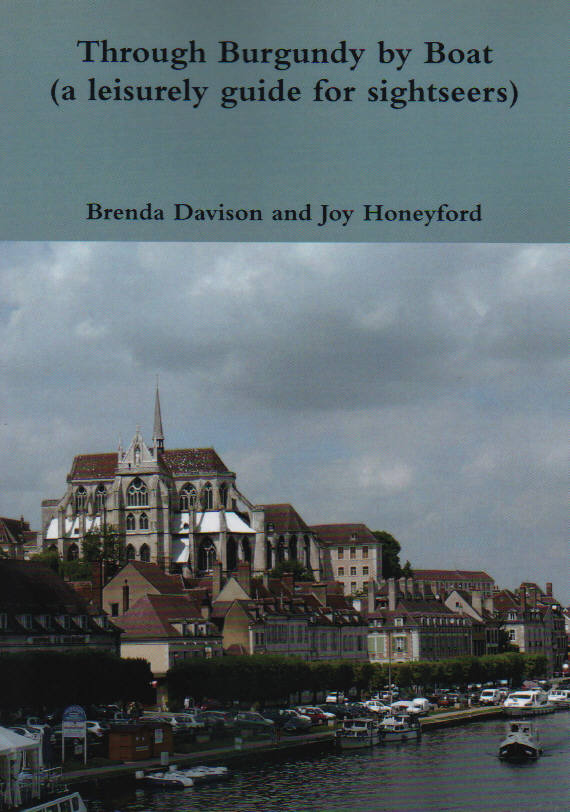Bridges and Tunnels
Bridges
Lift bridges are usually found on the non-commercial waterways and are not always manned. They may operate by radar, or the pleasure boater may need to open
and close them manually. Make sure you do this as they are still used by agricultural
traffic.

On the River Somme the lift and swing bridges are operated by a peripatetic lock keeper who will need to be summoned by mobile phone unless you have arranged in advance.
On the River Meuse approaching Nancy from downstream there are two lifting bridges within metres of each other, one is operated by remote control, the other is manned, with traffic lights!
Tunnels
You will usually encounter tunnels at the summit of navigation.
Some of these are small and it is no problem to navigate them, but there are
some very long ones. Most are one way, so it is important to discover how
they are controlled. You will probably be given information at the lock
immediately before the tunnel, if not, ask. You cannot rely on the
information in the guide books as systems may change – one year they have
traffic lights, next year the lock keeper controls the traffic. You may have
to pay additional tolls for the tunnel. Examples of these are Mauvages and
Riqueval. There is a lift at Montech for which a toll is payable.

In the smaller tunnels a torch will be adequate, but for longer ones
you will need a powerful searchlight and your navigation lights.
On the Canal de St. Quentin there is a 6 km tunnel through which boats are hauled by electric tug, usually twice a day in each direction.
Find out how the tunnel is controlled.The lock keeper should be able to tell you.






